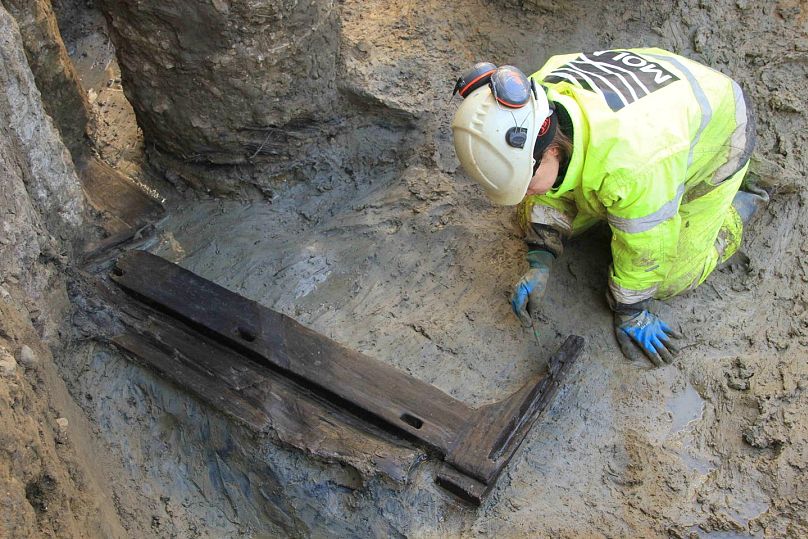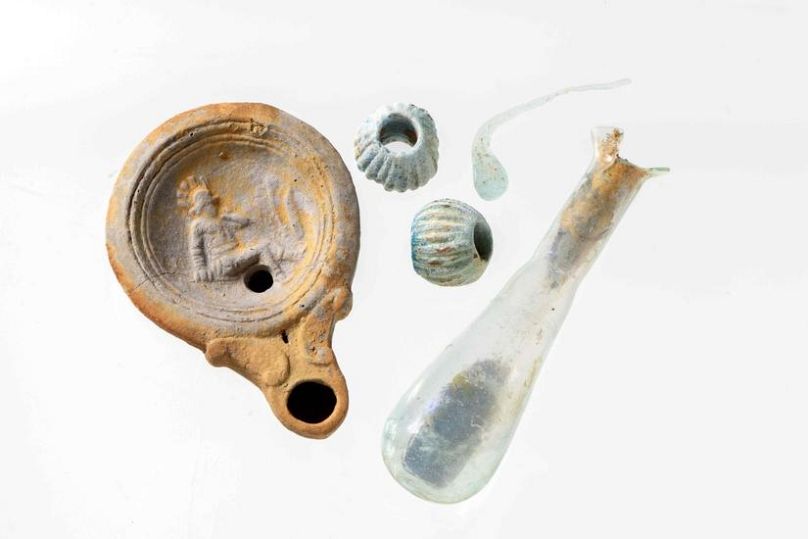Described as "incredibly rare" by the Museum of London Archaeology (MOLA), the discovery sheds new light on Roman burial and funerary customs.
In a fascinating discovery that gives IKEA a run for its money, archaeologists in central London have stumbled upon what appears to be the ancient Roman version of a flatpack bed.
The funerary bed, made from high-quality oak, was discovered near Holborn Viaduct, six meters (20 feet) below modern street, by a team from the Museum of London Archaeology (MOLA).
Speaking on the significance of the find, MOLA describes the bed as "incredibly rare," marking the first complete funerary bed ever discovered in Britain. Only three well-preserved Roman timber coffins had previously been found in the capital.
What is the significance of the discovery?
The significance of this discovery extends far beyond its rarity. It offers valuable insights into Roman burial practices, societal hierarchies, and ancient craftsmanship.
"We think it was probably intended as a grave good for use in the afterlife. Tombstones from across the Roman empire show carvings of the deceased reclining on a couch or bed and eating as if they were alive," explains MOLA.
The bed features intricately carved feet and joints secured with small wooden pegs. It was taken apart before being placed within the burial site of a high-status Roman man, estimated to be in his late twenties or early thirties.
Wooden artefacts from the Roman era are a rarity in Britain due to decay, but remarkably the 2,000-year-old furniture has been preserved thanks to the damp mud of the River Fleet.
"The levels of preservation we’ve encountered – and particularly uncovering such a vast array of wooden finds – has really blown us away," says Heather Knight, a project officer at MOLA.
Alongside the bed, archaeologists also discovered several personal objects, including beads, a glass vial, and a lamp adorned with an image of a defeated gladiator.
The decorated lamp is believed to date back to the earliest period of Roman occupation, spanning from AD 43 to 80.
The site where the discoveries were made is being transformed into office space for the global law firm Hogan Lovells, which plans to exhibit a selection of the archaeological discoveries.














